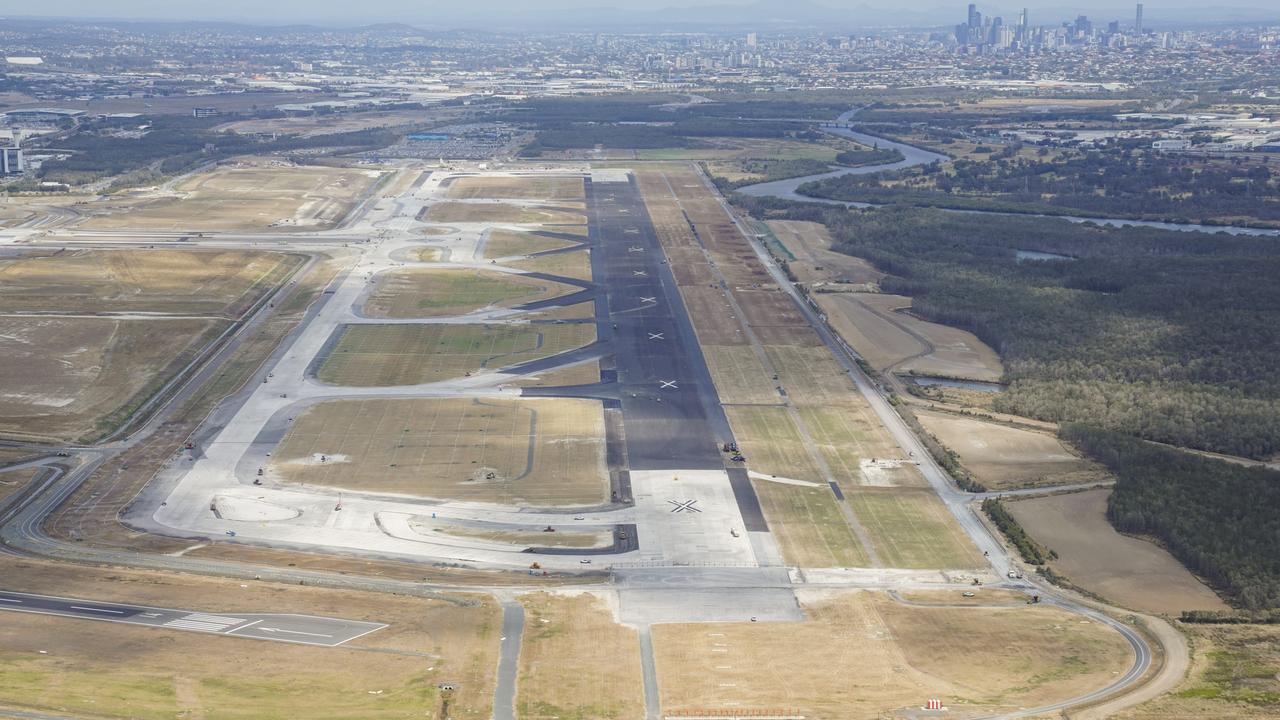Future SEQ: Bernard Salt to reveal new research and vision for southeast Queensland
LEADING demographer and social researcher Bernard Salt will deliver his “bold and ambitious” vision for the future of southeast Queensland at a special event in Brisbane in October.
Future QLD
Don't miss out on the headlines from Future QLD. Followed categories will be added to My News.
LEADING demographer and social researcher Bernard Salt will deliver his vision for the future of southeast Queensland at a special lunch event in Brisbane on October 23.
Mr Salt has undertaken extensive population, infrastructure and liveability research which can help shape planning and funding decisions for the region over the next 25 years.
His exclusive report will be revealed as part of The Courier-Mail ’s Future SEQ campaign, which launches on October 9, and will be delivered live at the event lunch at the Royal International Convention Centre on the 23rd.

“This will be a bold and ambitious interpretation of southeast Queensland both now and over the next 25 years, (with) new data, new insight and new benchmarks,” he said.
Tickets to the lunch are on sale now. Tap here for details
This is the fourth campaign in The Courier-Mail’s GoQld! series, and follows the successful Future Brisbane project last year.


Research consultants PwC, planning experts Urbis, the South East Queensland Council of Mayors and other tiers of government, are also providing insights to shape this year’s campaign.
The Courier-Mail editor Sam Weir said SEQ, as one of the fastest-growing regions in the world, had incredible opportunities moving forward over the next quarter of a century.
“But this population surge also brings significant challenges in transport and other physical and social infrastructure to maintain our productivity and liveability,” he said.
“Our future as a place people will want to call home and work from, depends on planning decisions made today to get it right for tomorrow.
“The region’s roads, trains and buses will reach breaking point over the next two decades unless we find and fund solutions now.”


